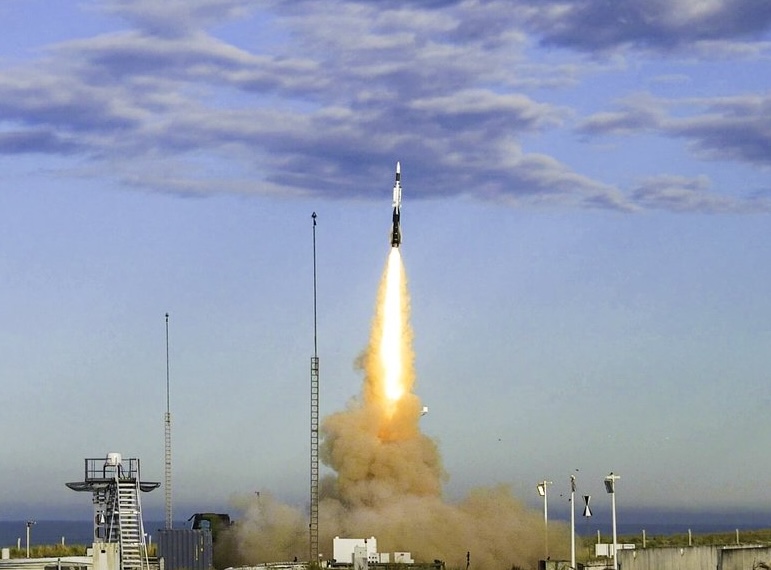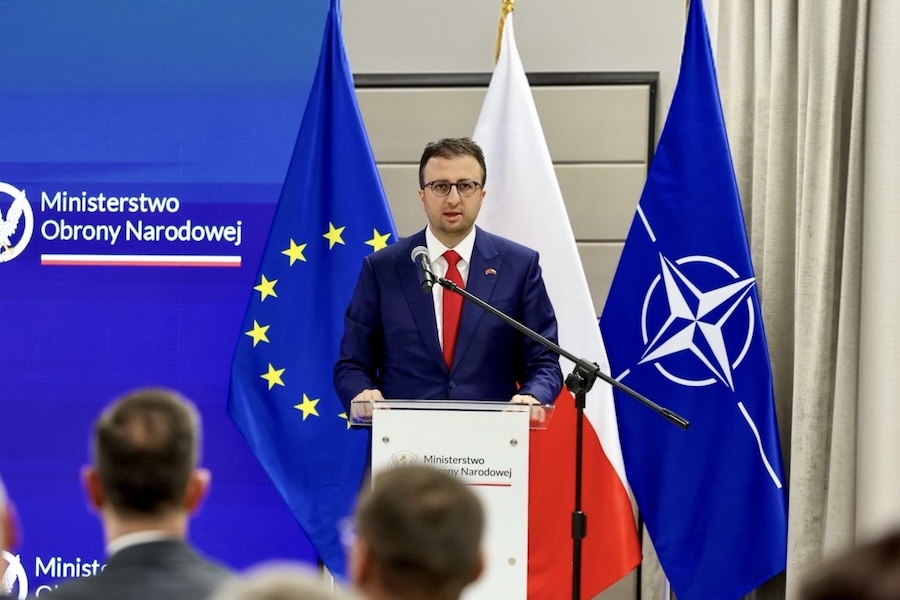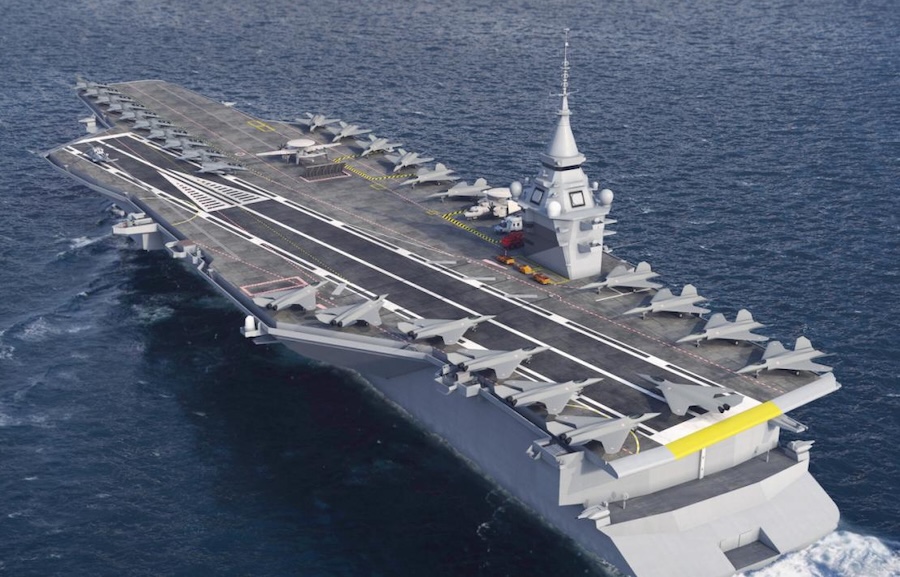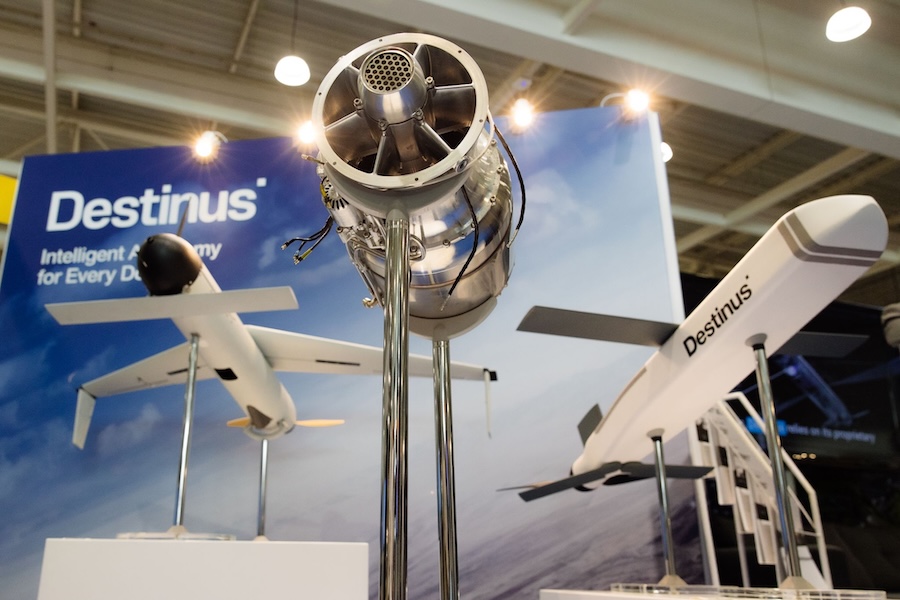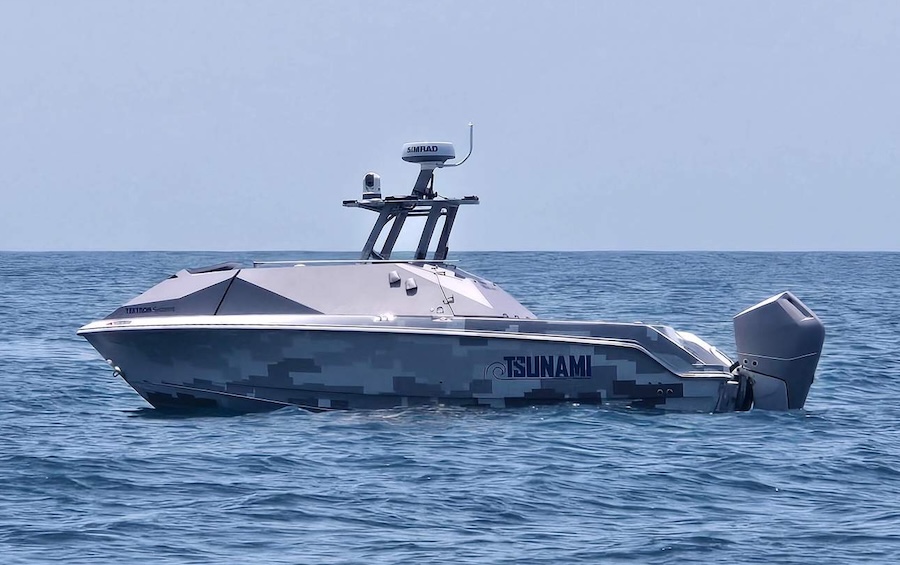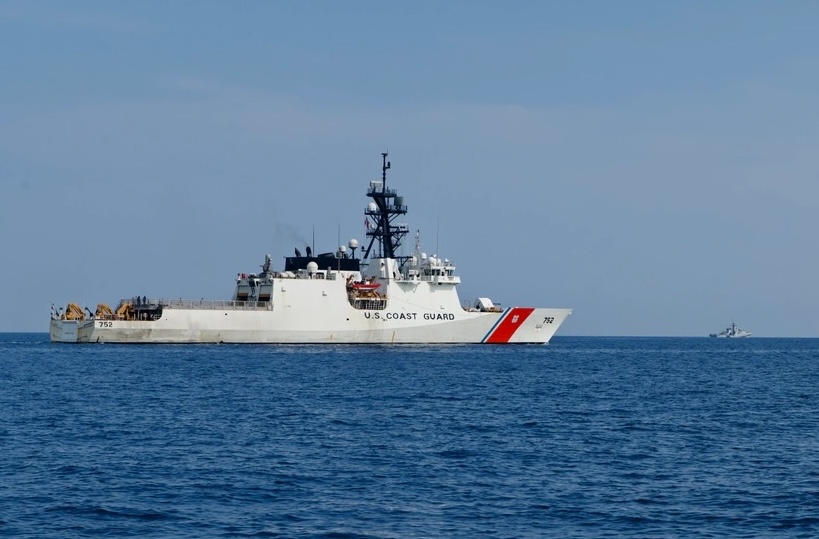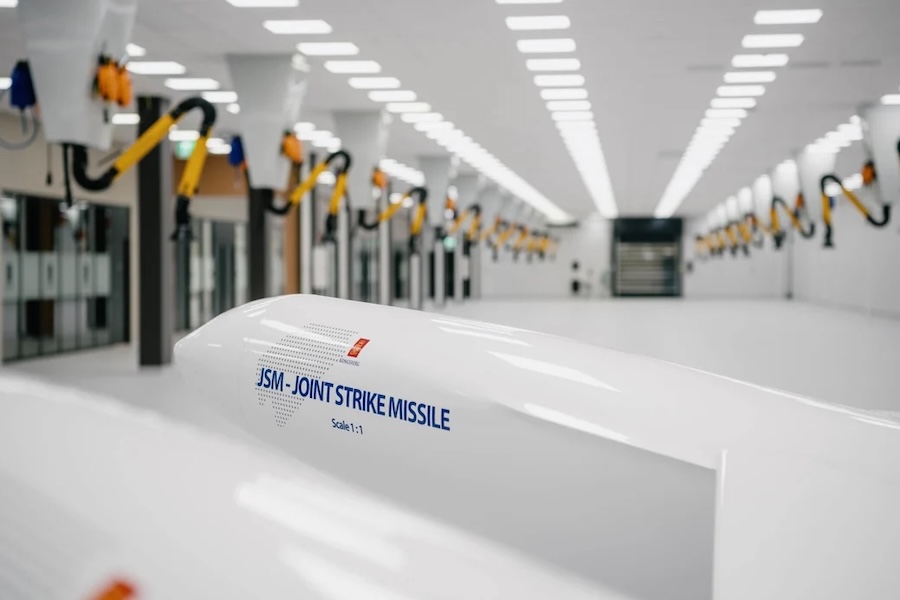Throughout the two-day summit, NATO AWACS and other Allied airborne early warning capabilities played a crucial role in protecting the high-profile gathering. The aircraft, based on modified Boeing 707 platforms, are fitted with long-range radar and passive sensors that can detect threats such as aircraft, missiles, and drones at distances exceeding 400 kilometres.
“NATO AWACS provide Allies with a recognised air picture ensuring decision-makers have the best information possible in some of the most complex airspace in the world,” NATO stated. This information contributes to rapid and informed responses during fast-developing security situations.
NATO AWACS regularly conduct patrols to support security at major events, including NATO and United Nations summits. They are also deployed for additional protection during large international events, such as football tournaments and the Olympic Games.
The AWACS fleet is operated by the Airborne Early Warning and Control Force under the operational control of Allied Air Command. These Boeing E-3A ‘Sentry’ aircraft offer immediate airborne command and control, air and maritime surveillance, and air battle management for the Alliance.














